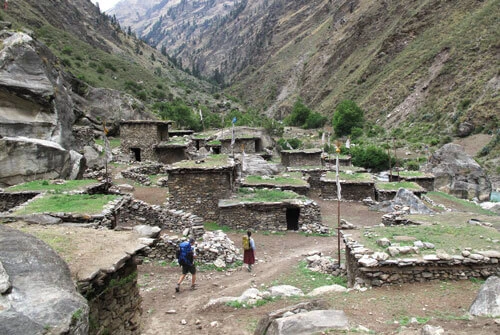Nepal, with its stunning natural beauty and rich cultural heritage, has long been a magnet for travelers seeking adventure, spirituality, and awe-inspiring landscapes. Yet, despite its allure, Nepal remains one of the poorest countries in Asia. The paradox lies in the delicate balance between harnessing the economic benefits of tourism and preserving the very resources that draw visitors.
Nepal, as a country, boasts an unparalleled blend of stunning natural beauty and rich cultural heritage that has enticed numerous travelers from around the world over the years. From the majestic peaks of the Himalayas to the serene beauty of its lush valleys, Nepal is undoubtedly a treasure trove of magnificent sites that offer a truly unforgettable experience.
Nestled within the borders of this remarkable country lies a collection of UNESCO World Heritage Sites, each showcasing the cultural and natural wonders that Nepal so graciously holds. Among these cherished treasures are the awe-inspiring Kathmandu Valley, the enchanting Chitwan National Park, and Lumbini, the sacred birthplace of Lord Buddha.
These exceptional sites, with their historical and spiritual significance, stand as a testament to Nepal's profound and vibrant heritage. Nepal has a deep-rooted spirituality, and its people follow a unique blend of Hinduism, Buddhism, and other indigenous religions that coexist harmoniously.
However, despite Nepal's glamour and popularity as a tourist destination, it remains one of the poorest countries in Asia. The challenge lies in finding a delicate balance between harnessing the economic benefits of tourism and preserving the very resources that attract tourists.
Tourism, despite its economic potential, can have a significant impact on the environment and local communities if not managed responsibly. In the realm of awareness, it's crucial to recognize that our nation's abundant natural resources aren't limitless. A compelling urge emerges: we must adopt sustainable tourism practices to steadfastly preserve these priceless treasures for future generations.
By fostering a culture of responsible guardianship, we come to realize the necessity of securing the enduring protection of these invaluable resources. This nurtures a fragile equilibrium between exploration and preservation, ensuring their longevity. In this regard, it is essential to consider both social and environmental sustainability.
To achieve sustainable tourism, Nepal must embrace responsible practices, foster community engagement, and educate both tourists and locals. It is crucial to ensure that tourism development plans are inclusive and provide equitable opportunities for all stakeholders, including local communities and small businesses. Community engagement can go a long way in promoting sustainable tourism practices.
Incorporating the ideas and needs of local communities in tourism development decisions will significantly reduce the negative impact of tourism while maximizing the benefits. The local people can act as effective custodians of the environment if given the necessary support and guidance.
Moreover, promoting sustainable tourism practices to both tourists and locals is essential for preserving the natural and cultural heritage of the destination. Travelers must acknowledge their obligation to protect the environment and honor local traditions, while residents must foster receptivity to the multifaceted benefits of sustainable tourism, which encompass more than just economic gains.
It ensures the preservation of their heritage and helps conserve the environment for future generations. Education can take many forms, such as awareness campaigns, cultural programs, and training for tourism service providers on sustainable practices.
Nepal has the potential to maximize the benefits of tourism while maintaining its rich cultural heritage and natural wonders. Through embracing responsible practices, engaging the community, and providing education, the country can ensure that tourism growth is sustainable. This way, Nepal can safeguard and nurture its natural and cultural treasures, which are valuable not only to its people but to the world at large, for generations to come.




